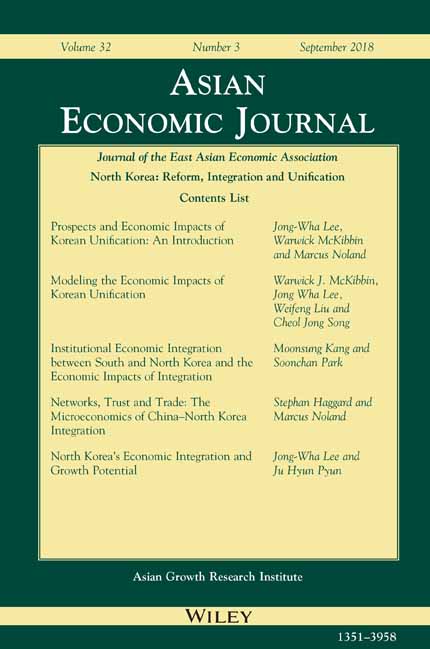Monetary Policy Implementation in Japan: What They Say vs. What they Do
Abstract
Since the 1970s, many central banks – including the Bank of England, the Bank of France, the Bank of Korea and the Bank of Japan – have announced that they have ceased direct credit controls. Researchers have tended to accept ‘what they say’, without gathering empirical evidence on ‘what they do’. The Bank of Japan announced that it was abandoning direct credit controls in 1982. Since then, the monetary policy literature on Japan has focussed on formal policy tools, such as interest rates. This paper presents empirical research on the actual implementation of monetary policy by the Japanese central bank. The emphasis is on the period in the mid‐ to late‐1980s when monetary policy was stimulatory and real‐estate‐related lending expanded rapidly, and the period in the early 1990s, when asset prices fell, resulting in the subsequent banking crisis and recession. The paper first briefly surveys the literature. Empirical research is then presented in three parts. Secondary sources are accessed to gain information on the mechanism of monetary policy conduct. New field work is then presented, which uses primary sources to probe the details of monetary policy implementation. Finally, econometric evidence is gathered to test various hypotheses concerning monetary policy procedures. The research successfully establishes the details and nature of the Bank of Japan’s monetary policy implementation during the 1980s and early 1990s. The findings suggest the need for a modification of the generally prevailing view, as well as the need for further research on the actual implementation of monetary policy in other countries.

